Greetings to all! You know, spring barely has come and everything around gray, naked. You are not going to the park, only it remains that walking around the city. Today I want to tell about the Renaissance style in architecture to and you see a little beautiful in your city. It's time to walk!
A bit of history
Now architecture develops with simply incredible speed, it's good that it was not always. The Greeks and Romans built their buildings with centuries, then a long medieval with monotonous fortresses. Why did it happen so much?
Probably case in bad information transfer. There is no possibility to calculate a new window type or wall material. The risks and build at random few people decided, so they built as a father or teacher told them, and that teacher and so centuries.
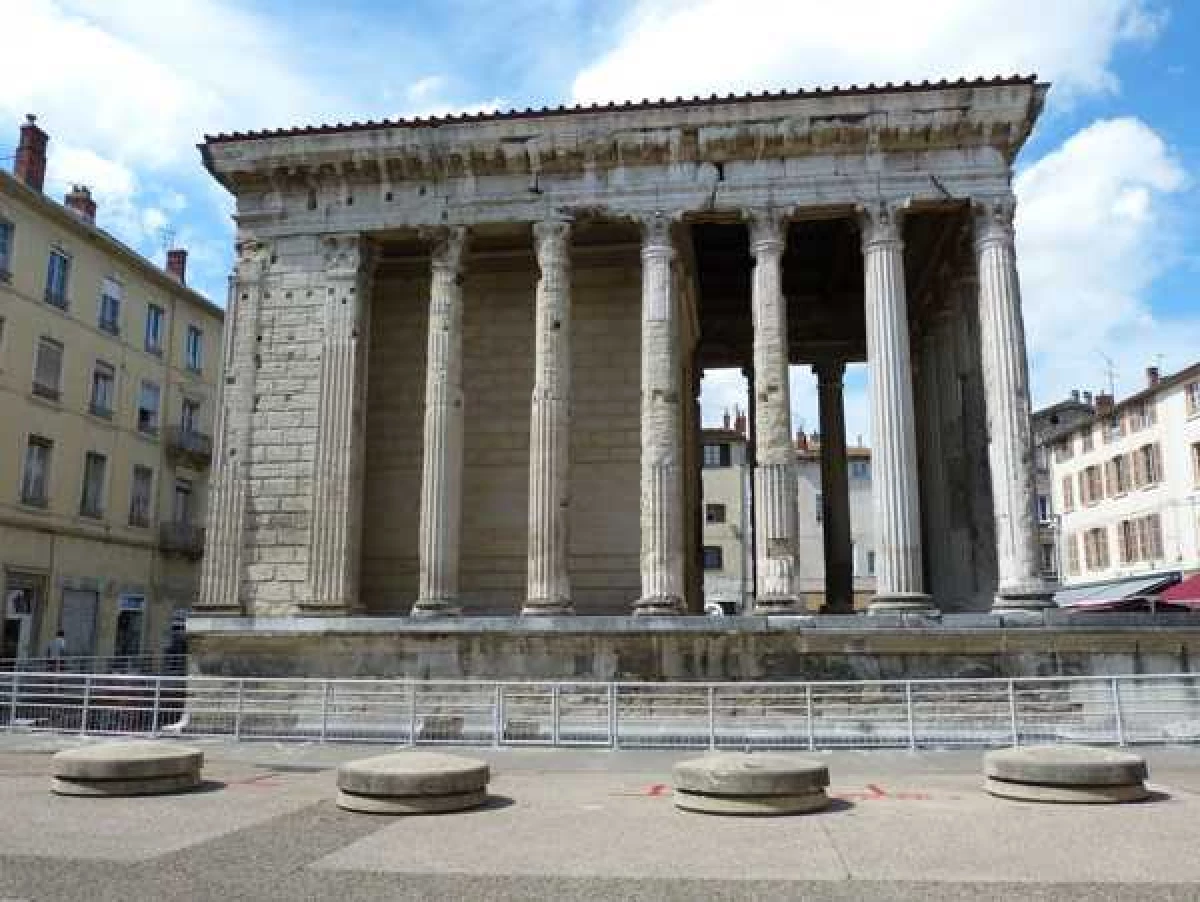
And then came the 14th century, and all industries of science began to develop rapidly. And how much new new people have mastered people during this time. Geometry, painting, physics, chemistry and, of course, architecture.
On the change of Romanesque and Gothic style, they wanted to bring something beautiful, not barbaric. And what was to barbarians? Romans! Ideal in your form antiquity, and most importantly - do not need to invent anything, the main thing is to repeat and adapt under the colder climate.
The style was born, by the way, in Italy. It was for what to watch. According to the legend, a couple of architects, when the world did not understand their creative aspirations in construction, they simply went to the ruins of Roman cities and redraw all the ideas of the ancients. It can be said that the Romanesque style is partially plagative antiquity, although it is now considered to make a similar does not mean copying. How do you think?
The history of cyclical. Once in Rome, the religiosity and the severity of the views changed with secular fun, which in the end and led to the decline of the empire. And so, the religious and modest Middle Ages is replaced by free worldviews of the Renaissance. Monasteries and temples moved to the background, people wanted beauty, freedom and wealth in this life now, not by the postal.
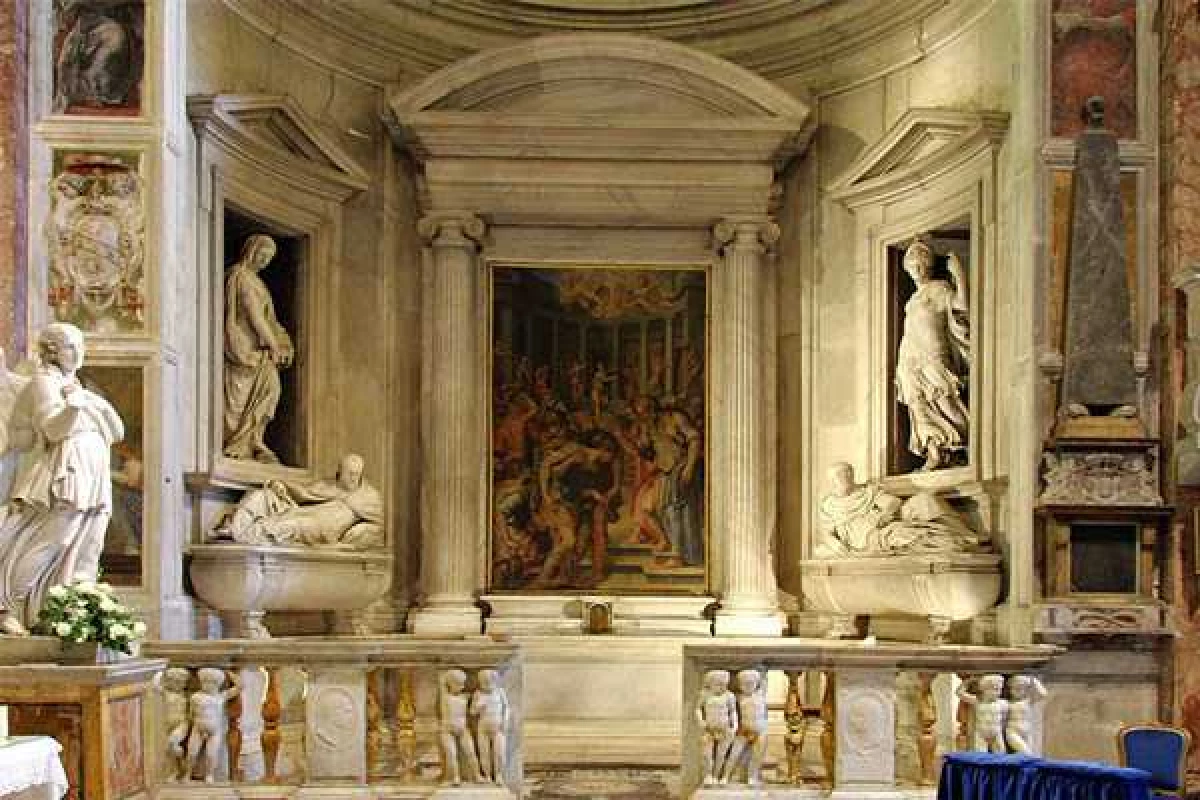
So the architecture of the Renaissance was born, and indeed the whole style. They took the idea of antiquity, finalized, adopted the worldview, and beautiful palaces came to replace the harsh Middle Ages.
Baroque and Rococo was born from Renaissance, but this is a completely different story, including the history of St. Petersburg. Do you know how the Hermitage is built in? I will write at the end, do not forget your answer!
Signs of style
What did Renaissance highlighted that it was allocated in a separate style? Let's see what he was distinguished from antiquity, and what I immediately repeated.
Signs of ancient architecture:
- In the plan - rectangular;
- Symmetric;
- Columns;
- Duscal roofs;
- Bas reliefs and burners are required;
- Monumentality;
- Massive base with stairs.
It is worth making a remark that at that time the residential buildings were not even in the second plan - everyone was just a little bit of helping. And architects express themselves through the palaces and temples, and this imposes many limitations. The residential houses did not differ much from modern summer cottages, the benefit of the climate allowed.
What did the Renaiss Style take? Necessarily symmetry and monumentality. From this I could not move for a very long time. And now it can not make an asymmetric house that every architect may not be beautiful.
Although all the art of the Middle Ages was considered barbaric, it did not prevent architects to use the developments of medieval masters and decorations from Gothic. Such is human nature.
The construction was necessarily constructed proportional and scaled by a person. The rectangle has not yet moved away, in any case in the mass. Initially, the Romans and the buildings were copied (the window of this house is 8 meters).
But the style became more utilitarian. Monasteries, palaces of small officials were built. And Renaissance became less and less until the heights of the floors, the size of windows and doors have become familiar to us.
House Rhythmic (remember the article about rhythm?), The style itself is divided into littered, as in Greece was divided into orders. Windows, eaves, columns, decorative elements form a tight pattern, harmonious and rhythmic. The drawings were also made ornaments to the Greek motive.
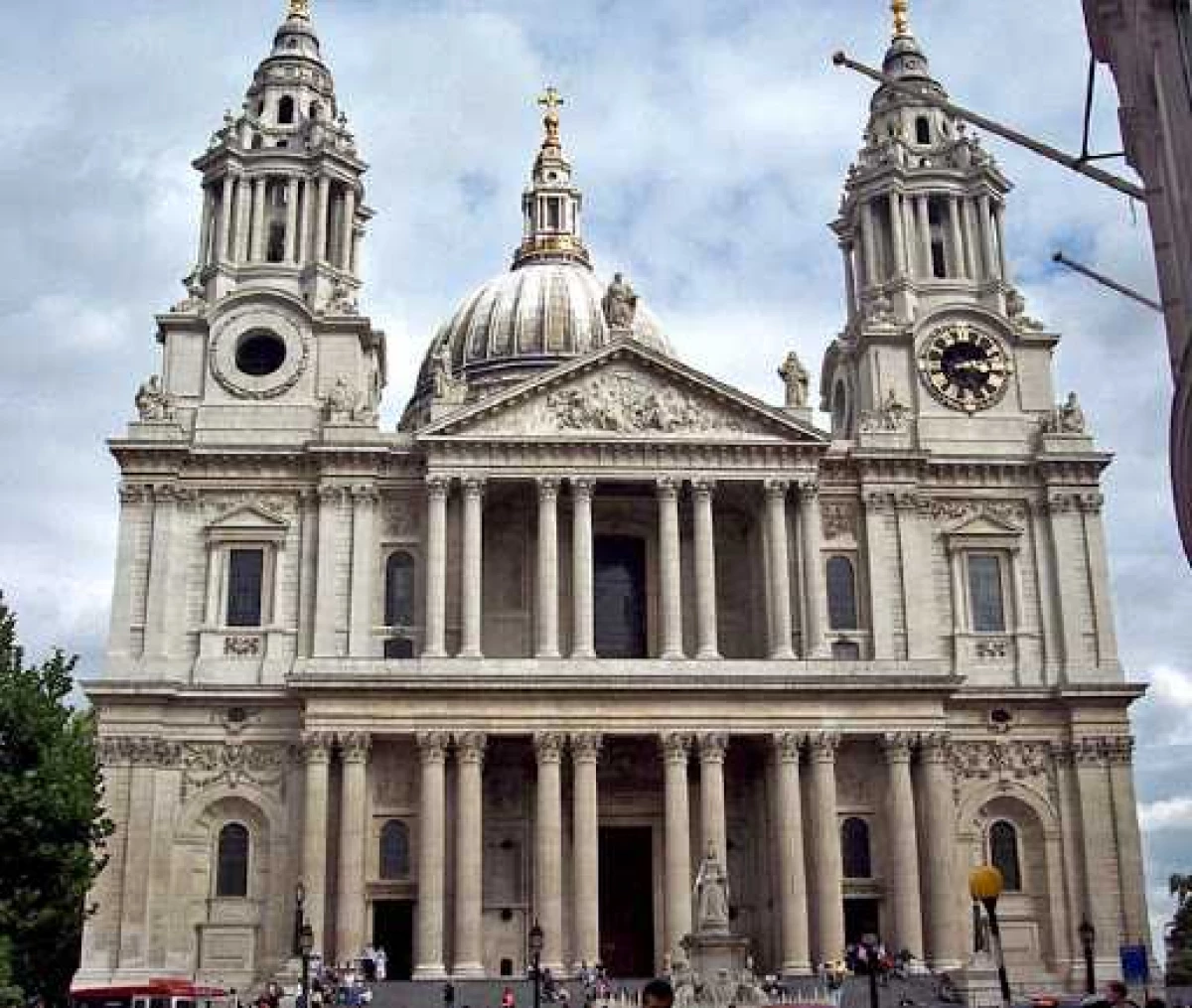
Orders allocate classic, ionic, doric, French, colossal - and others to delve into which boring. Or not, is it necessary an article on antique orders and later their interpretations and alterations?
Naturally, it was necessary to abandon the temples without walls, the climate did not allow. And in general, the palaces were built, not temples. Much has been changed. For example, semi-column steel in a larger priority than columns, windows appeared and the sanctuary disappeared.
Statues began to put outside, not inside. Yes, and the statues now put the commander, not the gods. The form of windows reworked for the need to first take place from the wind, and then finalized under the glasses.
Materials became all perfect, it was possible to make more and more sophisticated patterns, reliefs, carved elements. In general, somehow born Baroque.
A couple of words about the interior
Naturally, Renaissance did not bypassed internal decoration. Here, also rules monumentality and cordiality. Look - right palace. The main thing is not to confuse Baroque.
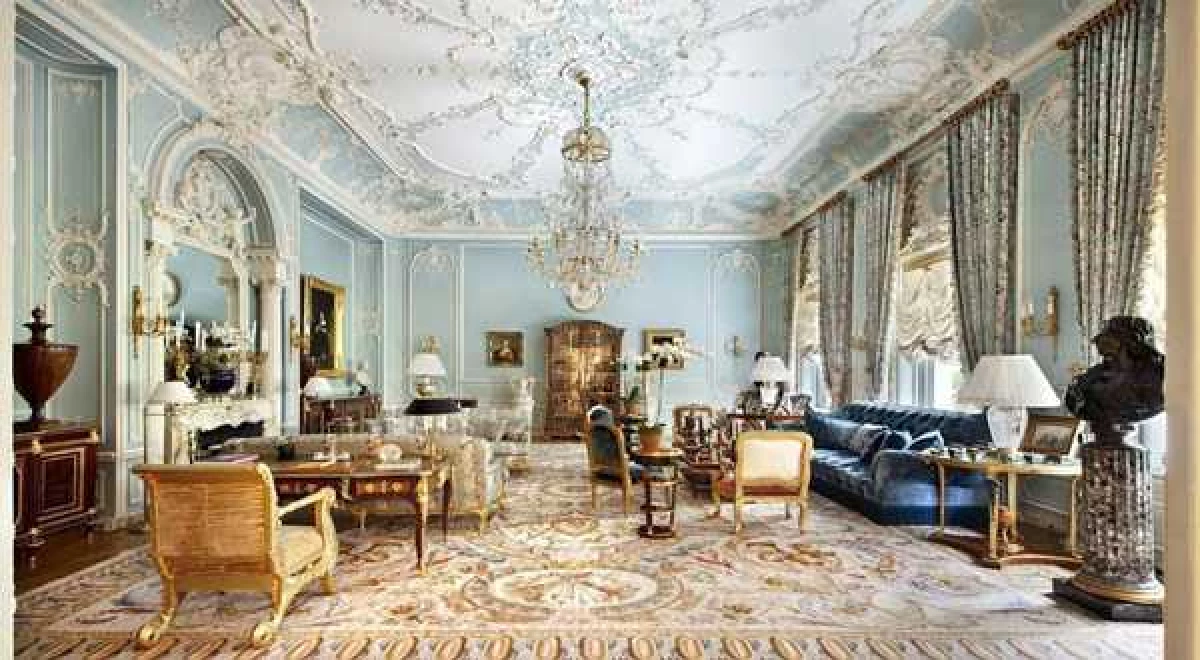
The same laws of style are observed - symmetry, proportionality, ornaments and general imitation of antiquity, the truth is more pompous.
In memory of the knowledge in this style, the premises must be large. With high ceilings, large windows. Otherwise, some strange Renaissance, for kids. Multi-level ceilings - the love of all style fans. And still stucco and fringe cornices.
The overall composition is built around one object. Maybe this is a huge sofa, and maybe a fireplace. Decorations should not be too distract from the center of the composition, so they are traditionally made from marble (or other stone) or wood. But it does not apply to the jewelry of the fabric. Curtains are massive, heavy and coupling. Reproductions or original paintings of the era - a sign of taste and style, try to hang something.
The walls between the columns and the arches should not look too simple or too rich and prefigured. Do you know that paper wallpapers appeared quite recently? In the era of revival, the paper was priced as gold, unlike fabric. And "Wallpaper" was made from the fabric. If you have the opportunity to cover the walls of the walls with a cloth - it will be a very cool reference to the history of the style.
Paul still in ancient Greece began business mosaic. Of course, the kings laid out a mosaic from marble, but in the conditions of modern peace and simple ceramics will be good. Mosaic is laid out of symmetric patterns, ornaments. The furniture should be wooden, performed in the spirit and fashion of that time, but at the same time practical and comfortable.
In the modern apartment of this effect, you will not achieve, but you can try in the house. Or, as a last resort, in a large pre-revolutionary apartment. Would you try?
Examples
Well, the theory, of course, is needed, but without practicing life is completely dying. Let's start with Italy.
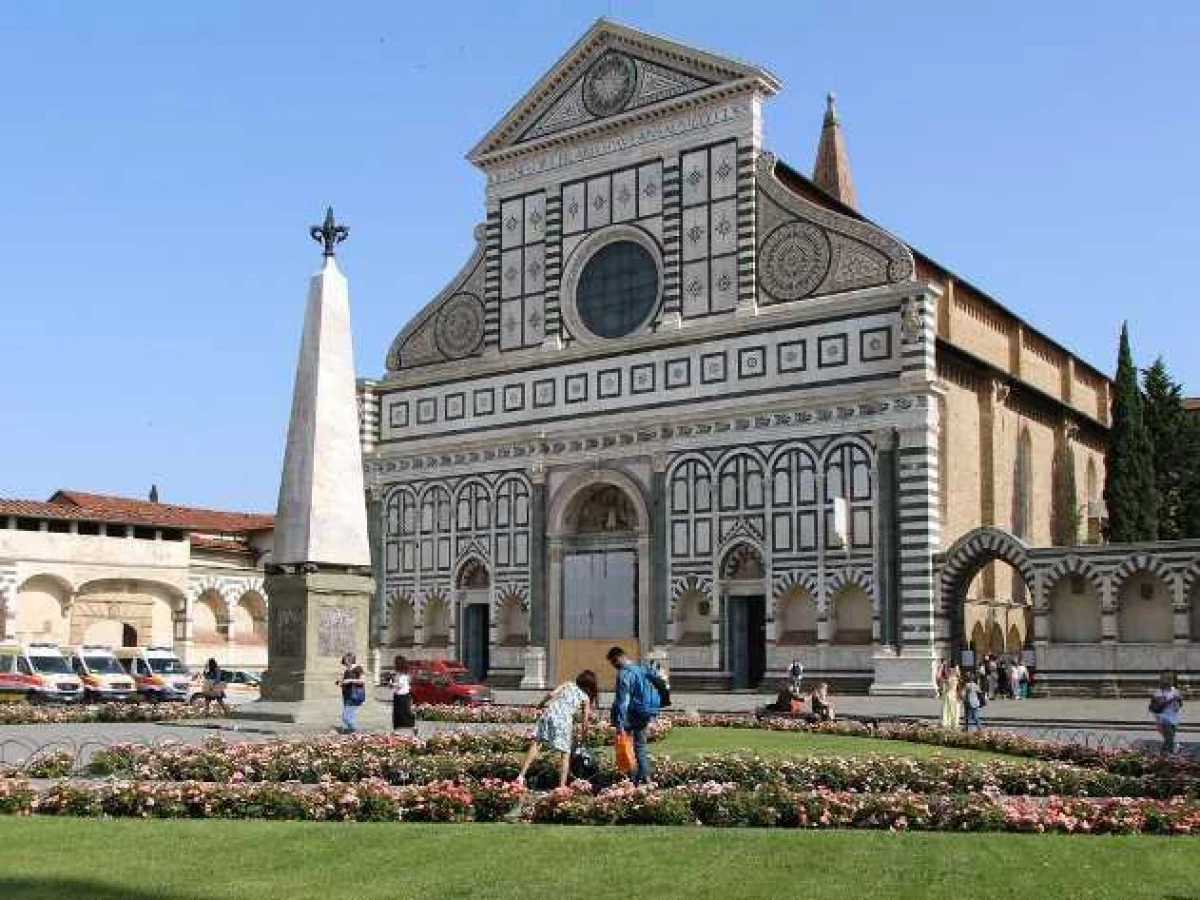
We move to France, did you know that the oldest wing of the Louvre is built in the style of revival?
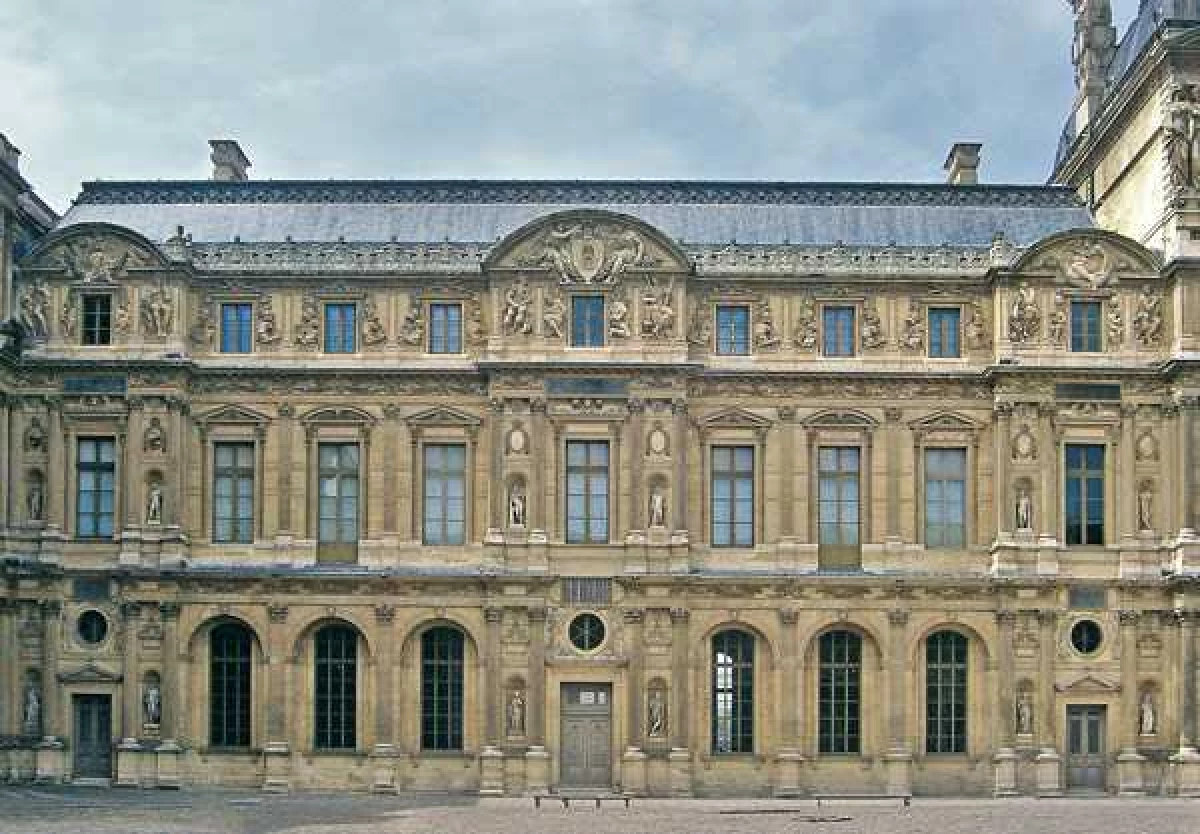
And now to Russia. Moscow, house on Mokhovoy.
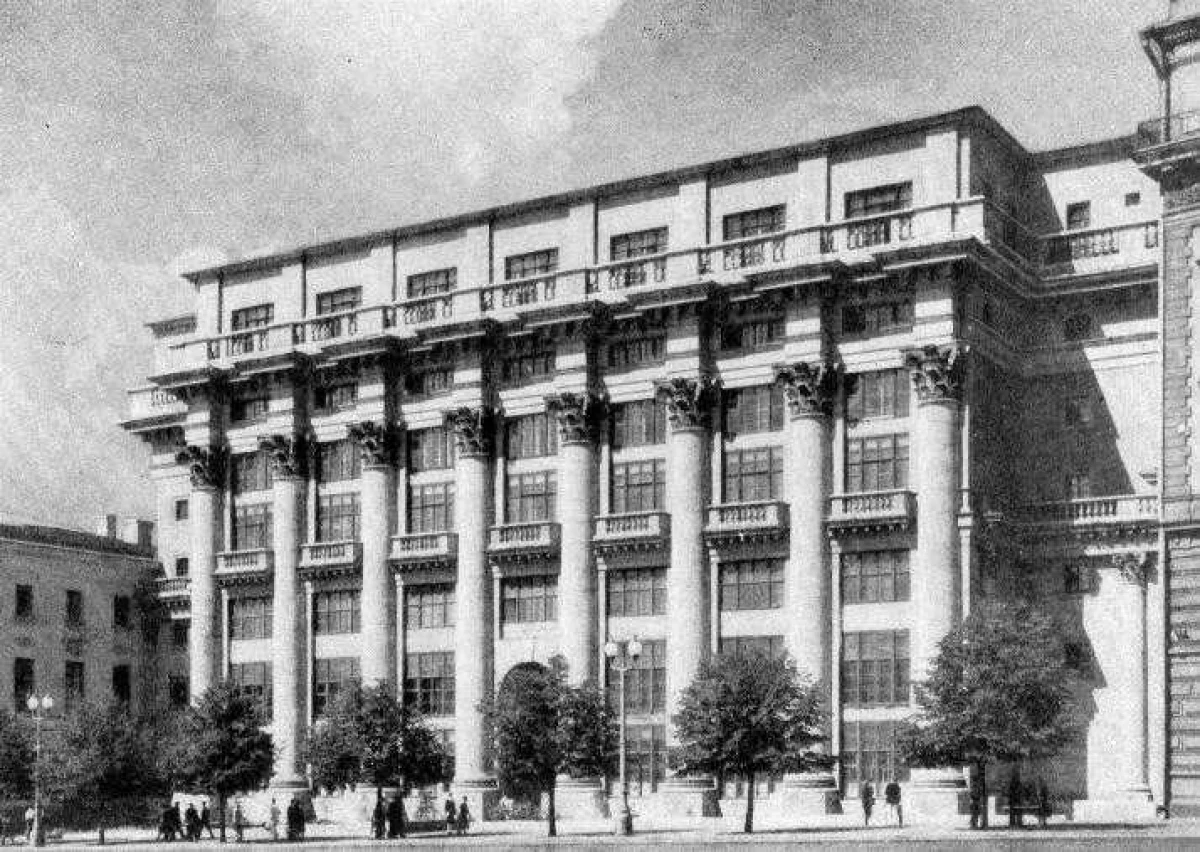
St. Petersburg, Mansion House Kusheleva-Bezborodko.
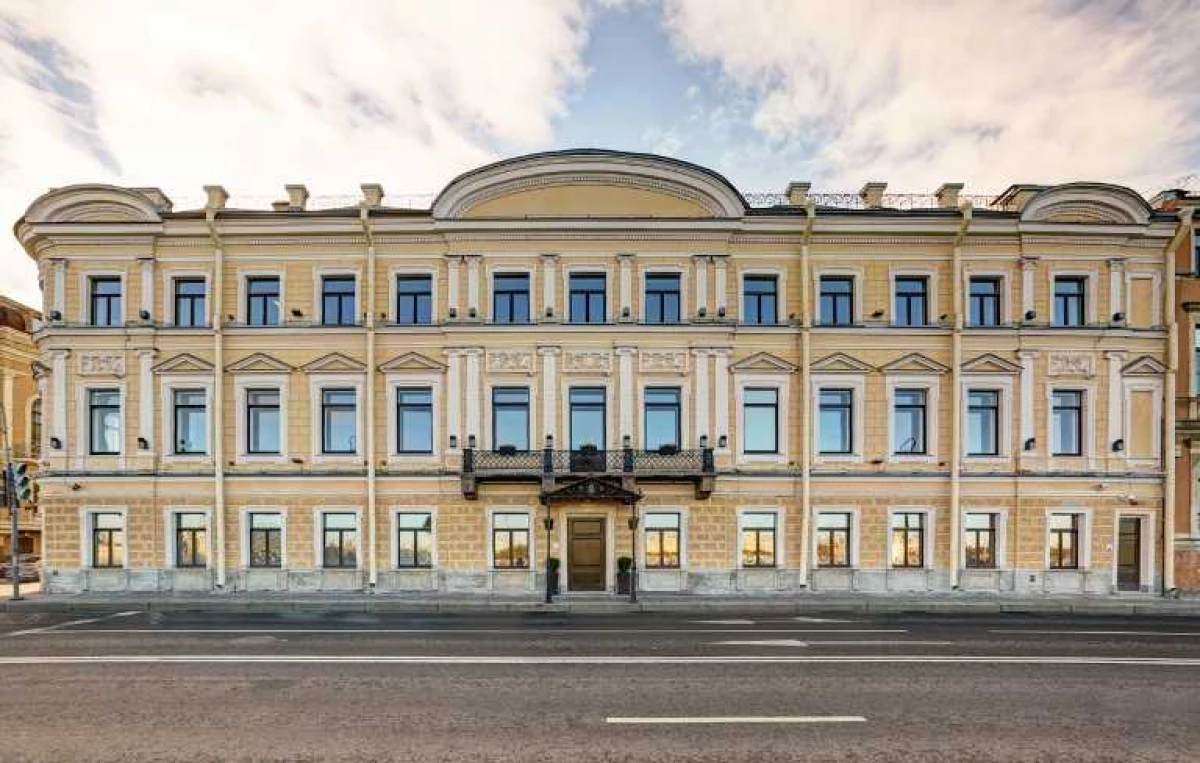
Yaroslavl, the House of the merchant Dunaev. True, this is a pseudo Renaissance, but very similar to the average man.
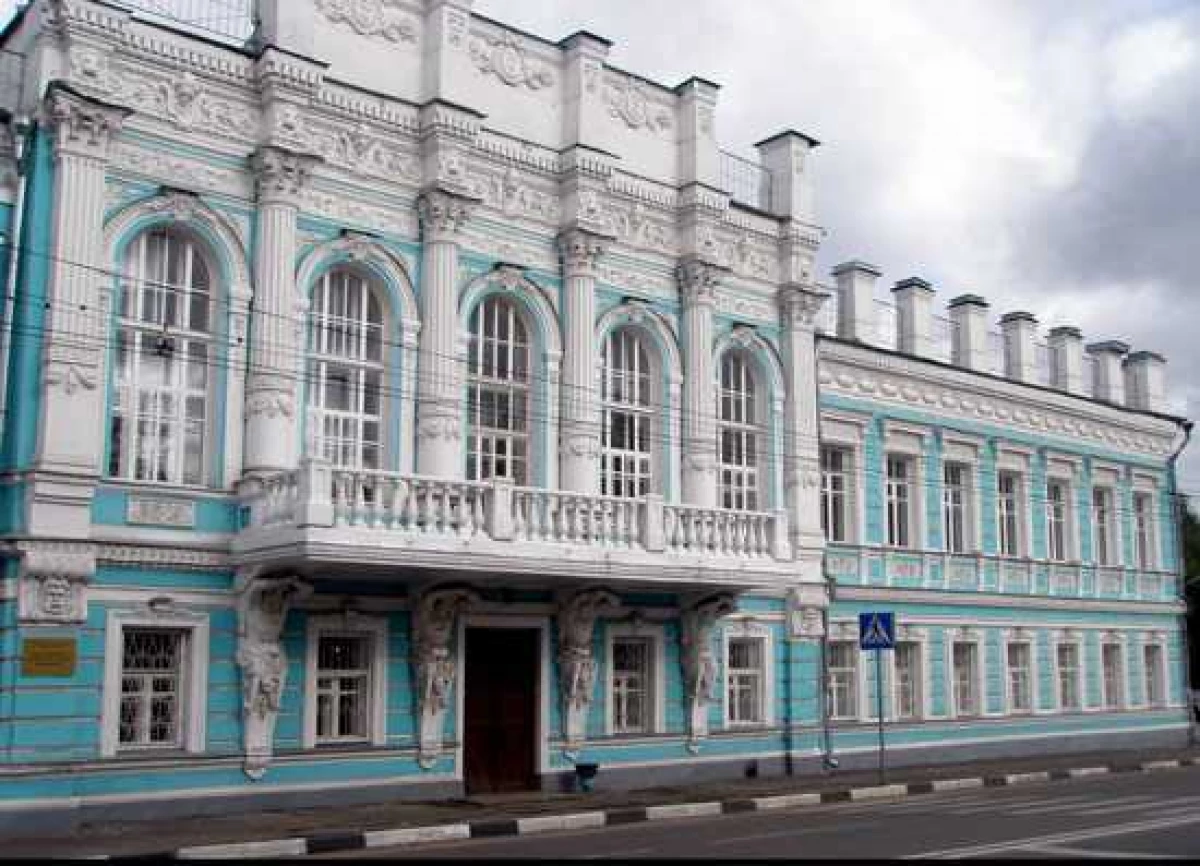
Renaissance visited Nizhny Novgorod, however, architects of the 16-17 centuries took individual elements, and not the whole building as a whole.
In America, a whole style was formed - American Renaissance. They considered themselves successors of democracy. For example, the Court Courthouse Courthouse.
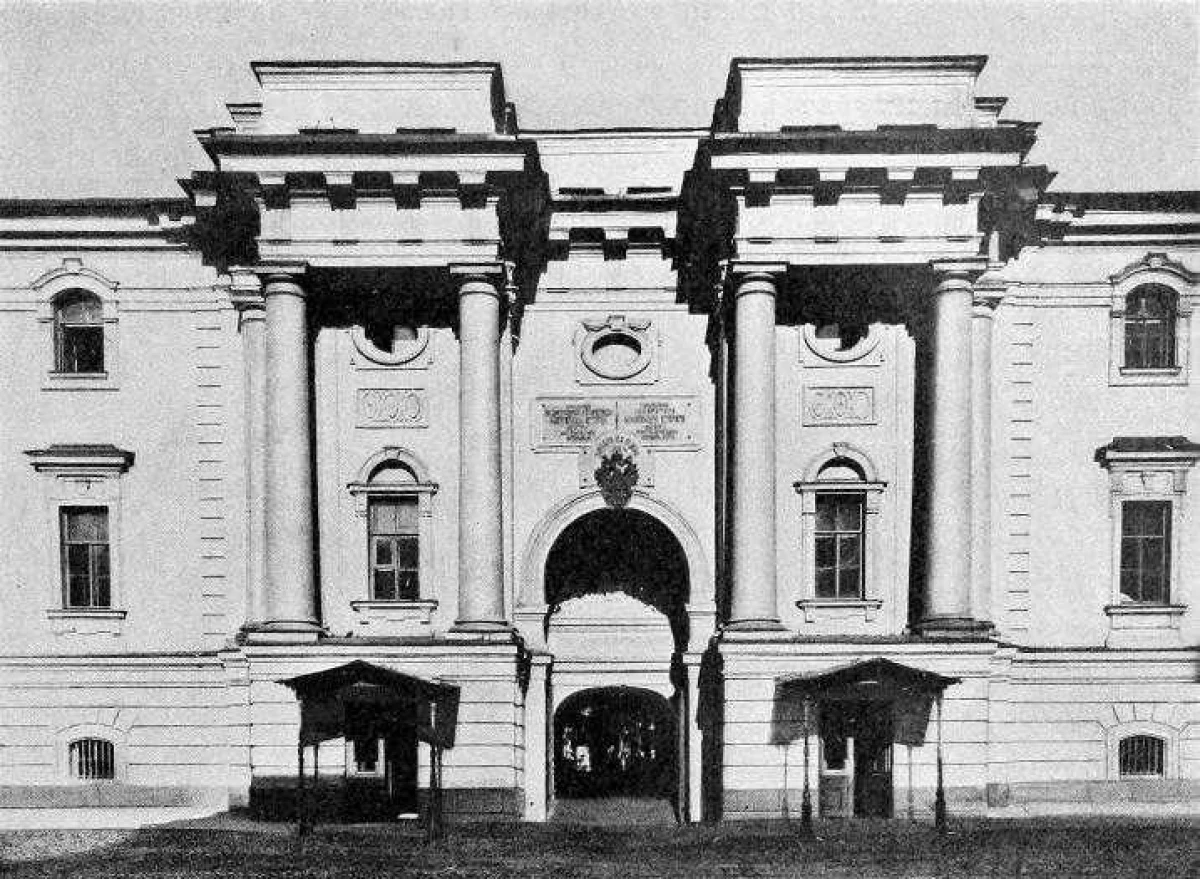
Singapore is a beautiful synagogue building.

As you can see, Renaissance as an architectural style, exists around the world. Although the revival itself was rave only in Europe, but the echoes were everywhere. Even before the densence in those times, Russia was able to get and leave their traces.
But the Renaissance houses, built during the flourishing of this style, are actually small. Just the style was very popular, he lived a lot of decades and did not die so far. Now in the style of revival, it is proposed to build their own home or cottage.
The answer to the question - the Hermitage is built in the Baroque style. Who guess - well done, you are very erudited. Who is not, read on and you will easily recognize all the styles. And today everything. Do you learn at home stylized renaissance in your city? Write an answer in the comments, and better and examples of such home from your city.
With you Alla, almost an architect, sorry the diploma on the other topic.
